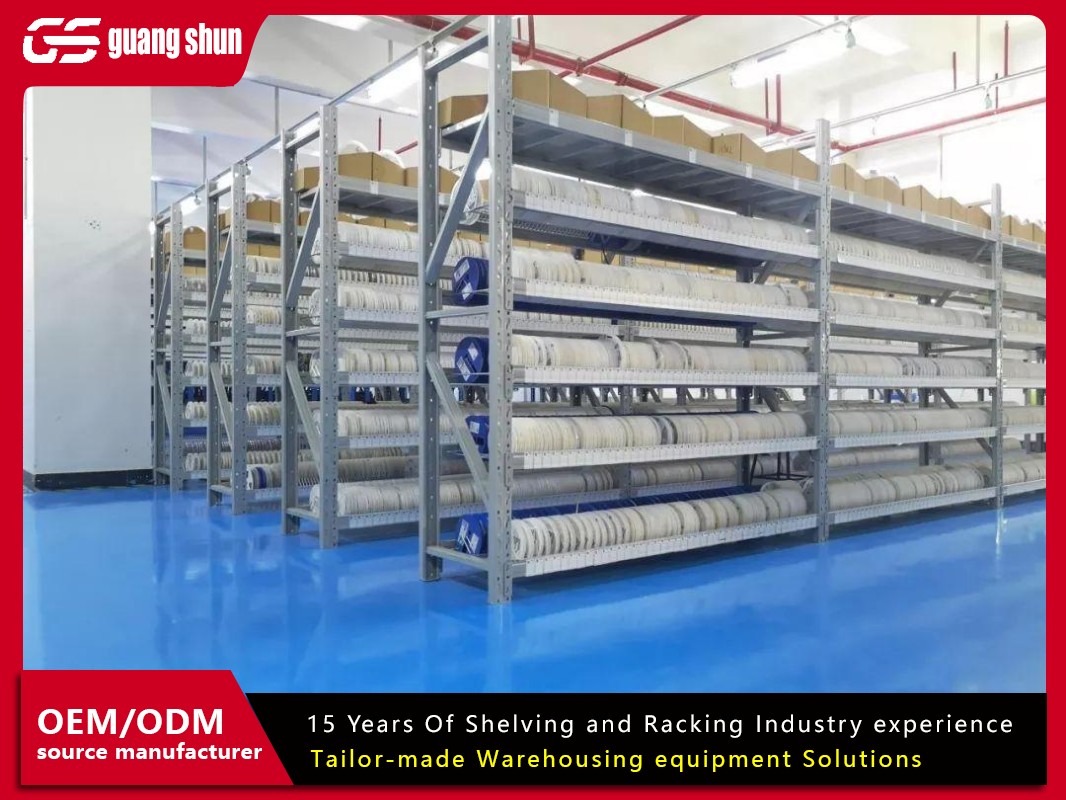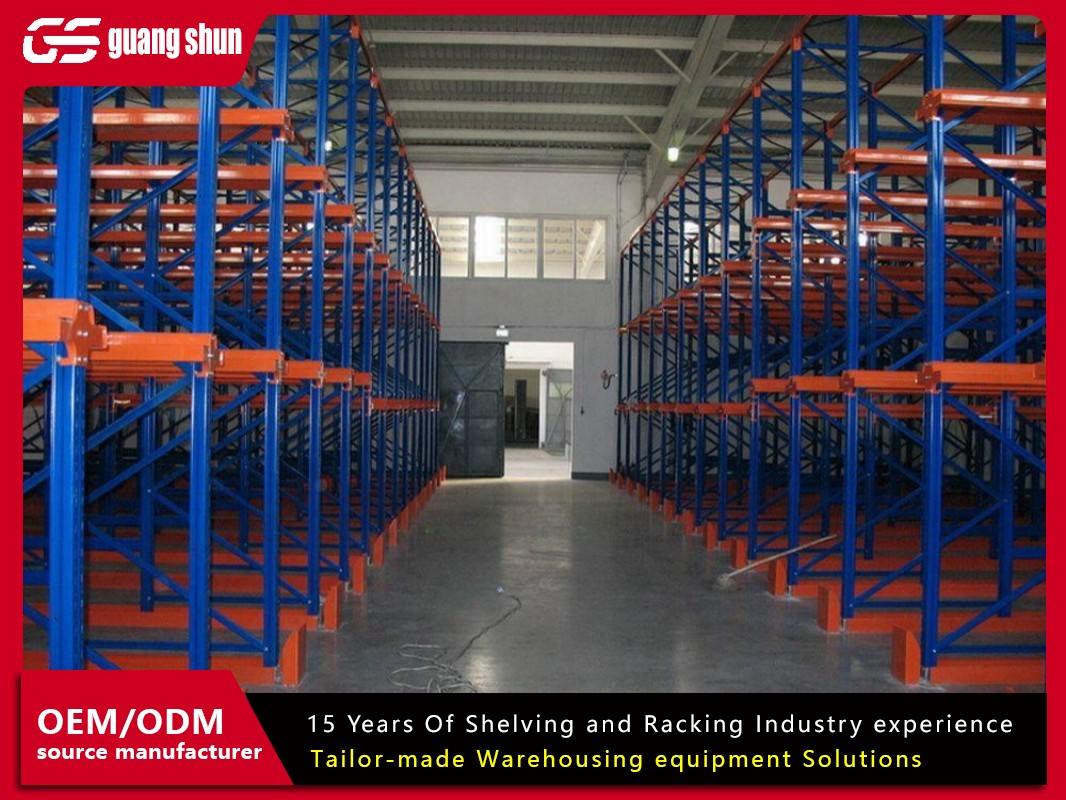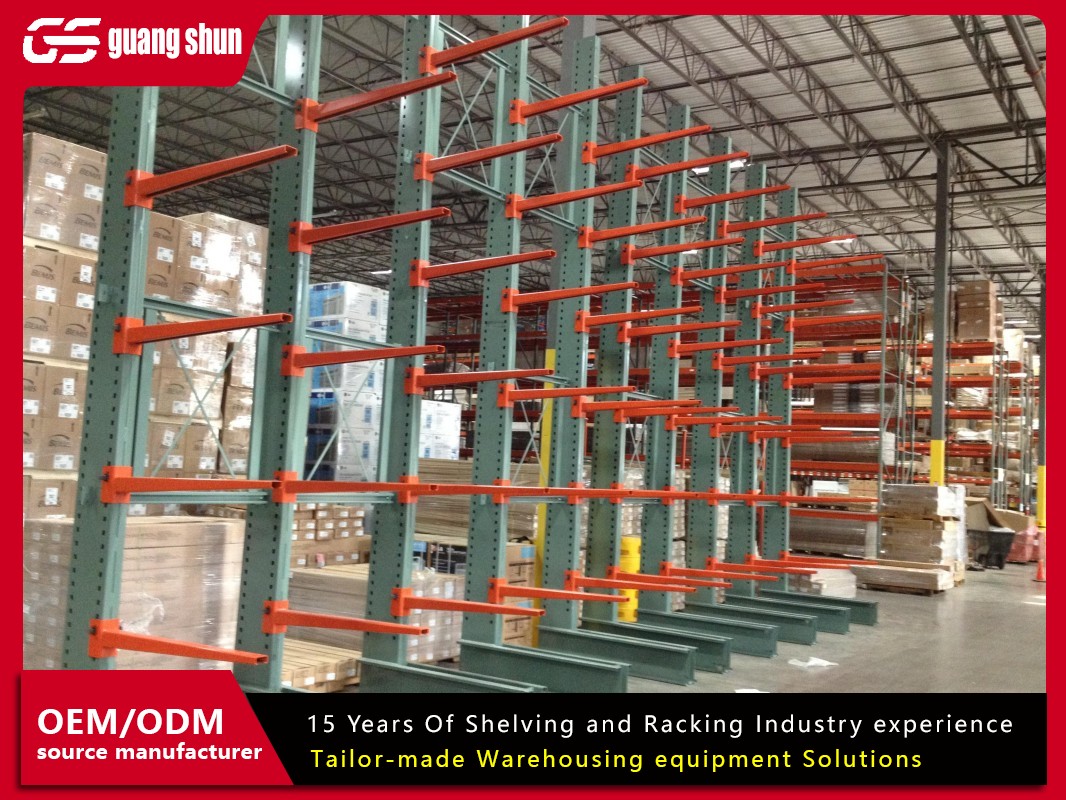The relentless drive for efficiency, accuracy, and speed in logistics and manufacturing has propelled automated racking systems (AS/RS - Automated Storage and Retrieval Systems) from futuristic concepts to essential operational backbones. These sophisticated systems represent a quantum leap beyond traditional static shelving, transforming how businesses store, manage, and retrieve inventory. By integrating robotics, sophisticated software, and optimized storage structures, automated racking systems deliver unparalleled advantages. Let's explore five key aspects that define their transformative power.
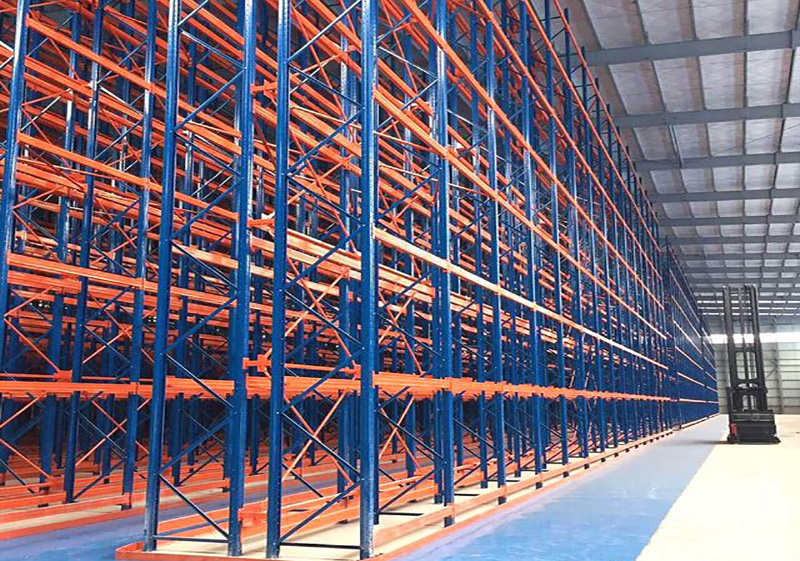
1. The Core Components: Anatomy of an Automated Racking System
Understanding what makes up an automated racking system is crucial to appreciating its functionality. It's far more than just metal shelves. Key components work in concert:
The Racking Structure: This is the physical framework, typically high-bay steel structures designed for maximum density and stability. Unlike conventional racking, it's engineered specifically to interface seamlessly with automated machinery, featuring precise aisle widths and robust construction to handle dynamic loads. The structure forms the skeleton upon which the entire automated racking system operates.
Storage & Retrieval Machines (S/RMs): These are the robotic workhorses. Often rail-guided, they travel vertically and horizontally within the aisles to access specific storage locations. Equipped with telescopic forks, shuttles, or specialized grips, S/RMs perform the essential tasks of placing pallets, totes, or cases into storage and retrieving them upon command. Their speed and precision are fundamental to the system's efficiency.
The Conveyance System: This network transports items to and from the automated racking system's point of interface (Pick/Deposit stations). It can include conveyors, automated guided vehicles (AGVs), autonomous mobile robots (AMRs), or lift systems, ensuring smooth material flow into and out of the high-density storage area.
Pick/Deposit (P/D) Stations: These are the human-machine or machine-machine interaction points. Here, operators load items onto the system for storage or receive retrieved items for order picking or dispatch. In highly automated setups, these stations might interface directly with other automated systems.
The Warehouse Control System (WCS) & Warehouse Management System (WMS): The brain of the operation. The WMS manages inventory data, order processing, and overall strategy. The WCS acts as the real-time nerve center, directly controlling the S/RMs, conveyors, and other hardware, translating high-level WMS instructions into precise machine movements and coordinating all components within the automated racking system. Sophisticated algorithms optimize storage location, retrieval sequences, and traffic flow.
2. How It Works: The Seamless Dance of Automation
The magic of an automated racking system lies in its orchestrated operation:
Receiving & Induction: Goods arrive, are identified (via barcode, RFID, or vision systems), and prepared for storage. The WMS assigns an optimal location based on factors like size, weight, turnover rate (ABC classification), and expiration dates.
Transfer to Storage: The conveyance system transports the load to a designated P/D station at the entrance of the automated racking system.
Storage Command: The WCS receives the storage instruction from the WMS.
Machine Deployment: The WCS assigns the task to an available S/RM in the appropriate aisle. The machine travels swiftly to the P/D station.
Load Pickup: The S/RM's handling mechanism (forks, shuttle, gripper) securely picks up the load.
Precise Placement: The S/RM navigates within the aisle to the exact X, Y, Z coordinate specified by the WMS/WCS and deposits the load onto the storage location within the racking structure.
Inventory Update: The system automatically updates inventory records in real-time, confirming the item's location and status.
Retrieval Process: When an order requires an item, the WMS sends a retrieval request. The WCS directs the nearest or most efficient S/RM to the item's specific location.
Item Retrieval: The S/RM retrieves the item and delivers it to the designated P/D station.
Order Fulfillment: The item is transferred via the conveyance system to a packing station or shipping area.
This entire sequence, often taking mere seconds or minutes per item, happens with minimal human intervention within the storage zone itself, driven by the intelligence of the automated racking system.
3. Compelling Advantages: Why Businesses Embrace Automation
The shift towards automated racking systems is driven by tangible, significant benefits impacting the bottom line:
Massive Space Utilization & Density: By eliminating manual access aisles and utilizing very high vertical space (often 40+ feet), AS/RS achieves storage densities up to 400% higher than conventional racking. This drastically reduces the required warehouse footprint or allows for massive storage capacity within existing buildings.
Unmatched Efficiency & Speed: S/RMs operate 24/7 at high, consistent speeds. Retrieval times are slashed from minutes/hours to seconds/minutes. Order fulfillment cycles accelerate dramatically, improving customer satisfaction.
Enhanced Accuracy & Reduced Errors: Automation virtually eliminates manual picking and putaway errors. Barcode/RFID scanning at critical points ensures the right item is always stored or retrieved from the right location, leading to near-perfect inventory accuracy (often 99.9%+).
Improved Safety: Removing humans from the high-bay storage aisles and forklift traffic significantly reduces accidents related to collisions, falls, and repetitive strain injuries. The environment within the automated racking system is inherently safer for personnel.
Labor Optimization & Cost Reduction: While requiring skilled technicians for maintenance, AS/RS drastically reduces the need for manual labor for routine storage and retrieval tasks within the aisles. Staff can be redeployed to higher-value tasks like quality control, packing, or customer service, optimizing labor costs.
Real-Time Inventory Visibility: Integration with WMS/WCS provides instantaneous, accurate inventory data. Managers have complete visibility into stock levels, locations, and movements, enabling better forecasting, purchasing, and order fulfillment decisions.
Reduced Product Damage: Precise robotic handling minimizes the bumps, drops, and impacts common with manual forklift operation, leading to less damaged goods and lower shrinkage.
Scalability & Flexibility: Modern automated racking systems are modular. Storage capacity and throughput can often be increased by adding more aisles, machines, or levels. Software updates and new module integration can enhance functionality over time.
4. Implementation Considerations: Planning for Success
Deploying an automated racking system is a major capital investment requiring careful planning:
Thorough Needs Analysis & ROI Calculation: Define clear operational goals (increased throughput, reduced labor, space savings, accuracy targets). Conduct a detailed cost-benefit analysis, factoring in hardware, software, installation, maintenance, and operational savings over the system's lifespan (often 10-15 years+). The ROI must be compelling.
System Selection & Configuration: Choose the right AS/RS type (unit load, mini-load, shuttle-based, carousel) based on product characteristics (size, weight, fragility), required throughput, and storage volume. Configure aisle length, height, machine speed, and handling mechanisms accordingly.
Software Integration: Seamless integration between the new WCS/WMS governing the automated racking system and existing enterprise systems (ERP, OMS) is non-negotiable. Data flow must be flawless for real-time inventory and order management.
Facility Requirements: Assess building suitability: floor flatness, ceiling height, column spacing, floor loading capacity, power supply, and fire protection systems often need significant upgrades or specific design considerations for high-bay automation.
Change Management & Training: Transitioning to automation is a cultural shift. Comprehensive training for operators, maintenance technicians, and management is essential. Processes need redesigning around the capabilities and constraints of the new system.
Vendor Selection & Partnership: Choose an experienced, reputable AS/RS provider with a strong track record, robust support services, and a solution that aligns with your specific needs. A strong partnership is critical for successful implementation and long-term operation.
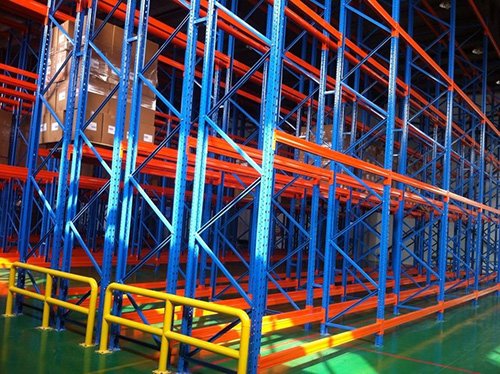
5. Diverse Applications: Where Automated Racking Systems Excel
Automated racking systems are incredibly versatile, finding applications across numerous industries:
E-commerce & Retail Distribution: Handling vast SKU counts with high order volumes and demanding turnaround times. Perfect for buffering seasonal peaks and enabling efficient piece-picking (via tote-based mini-loads).
Cold Storage & Food & Beverage: Operating efficiently in harsh freezer (-20°C to -30°C) and cooler environments, minimizing human exposure, ensuring FIFO/FEFO inventory rotation, and maintaining product quality. The density also reduces expensive cooled space.
Manufacturing: Providing Just-in-Time (JIT) and Just-in-Sequence (JIS) material supply to production lines, managing raw materials, work-in-progress (WIP), and finished goods storage efficiently.
Pharmaceuticals & Healthcare: Ensuring strict inventory control, traceability (serialization), and compliance (GDP/GMP) in temperature-controlled environments. High accuracy is paramount.
Automotive: Storing large, heavy parts and sub-assemblies efficiently and feeding complex assembly lines with precision.
Aerospace & Defense: Managing high-value, often bulky components with stringent traceability and security requirements.
Third-Party Logistics (3PL): Offering clients high-density, efficient storage and rapid fulfillment capabilities as a competitive differentiator within shared warehouse spaces.
Automated racking systems are no longer a luxury reserved for industry giants; they are becoming a strategic necessity for businesses aiming to compete in an era defined by speed, efficiency, and data-driven operations. The benefits – maximized space utilization, dramatic productivity gains, near-perfect accuracy, enhanced safety, and real-time inventory control – deliver a compelling return on investment. While implementation requires significant planning and investment, the long-term operational transformation and competitive advantage provided by a well-designed automated racking system are undeniable. As technology advances, incorporating AI for predictive analytics, machine learning for optimization, and increasingly sophisticated robotics, these systems will continue to evolve, further solidifying their role as the cornerstone of the modern, high-performance warehouse and supply chain. Embracing this automation is key to unlocking future growth and resilience.



